The 2012 Douro Harvest - Not a year for accountants
The Douro vines and its vineyards have an extraordinary way of surprising even the old-timers in the mountain villages of Sabrosa, Alijó and Provesende. In 2011, the region had a huge 40% drop in rainfall and this year 54% less has fallen than average to the end of September. When a vineyard receives just 217 mm in 9 months, which was the case of the Quintas around Pinhão, the consequences are to be feared. Many predictions of disaster were to be heard from farmers in the village squares on Saturday mornings before the harvest. But yet again the Touriga Nacional, Touriga Franca, Barroca, Roriz and others, showed that they are the real masters of our geography. These Douro varieties can turn the little green berries of May and June into lovely dark red and ripe fruit, even when it has rained so little for the last 21 months.
The first three months of 2012 were really concerning with just 16.4 mm falling over 90 days; there was no effective winter rain from 1st January this year till April (we should have had over 200 mm). It seemed that the gods were against us, because we then had 128 mm in April and May, just when the crucial flowering and fruit set takes place. But the low bud-burst, in part due to conditions in the spring of 2011, was what we needed; relatively low quantities of fruit so that the vines would have fewer bunches and berries to ripen.
A burst of intense heat hit the Douro over the weekend of 23rd and 24th June. Exactly the same had occurred over the same São João weekend in 2011. Maybe the Port producers and farmers have to stop going to the traditional all-night festa on the 23rd June, with consequential hangovers, and stay in their vineyards during São João and shade their vines. This sudden heat caused sunburn and raisining to some of the more exposed grapes.
July and August were relatively mild with average temperatures of exactly 23.7ºC in both months. The 21 year average for July is 25.0ºC and for August 25.3ºC. So these moderate temperatures had a profound and positive impact on the quality of the fruit and the wines. Charles Symington, responsible for winemaking at our Quintas, commented that this year showed beyond doubt that excess heat before the harvest is more worrying for our vineyards than drought. The Douro grape varieties will somehow find any humidity that there is deep down in the soil. What they cannot cope with is extreme heat that will raisin their berries. In general there was very substantially less raisined fruit this year than we have had in the last two harvests.
Devastating hail, the result of a thunderstorm, hit the Pinhão valley on the afternoon of Wednesday 25th July and swept over towards São João de Pesqueira. This was one of the worst hailstorms of recent times and totally destroyed some vineyards (this storm knocked over the 83 year old mother of the writer of this report, breaking her rib). As usual neighbouring vineyards simply got a welcome drenching. A little rain fell again on the 15th August.
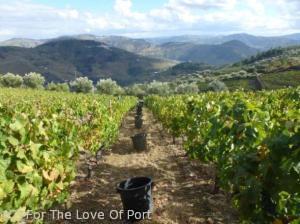 Picking started some 10 days later than normal this year on the 13th September at Quinta do Vesuvio and Quinta dos Canais, on the 17th at Quinta dos Malvedos and on the 20th at Quinta do Bomfim and the Rio Torto Quintas. The lead-up to picking had been complex, as Charles and his viticultural team analysed the relative ripeness of the different vineyards and grape varieties. The drought caused the ripening to follow a somewhat erratic pattern, with cooler days causing sudden increases in sugar readings, it was important to have a very clear picture of what each variety and each vineyard was doing. Heavy rain came from the Atlantic and over the Marão on the 23rd September with 20mm and again on the 25th with a further 23mm. This rain brought far cooler night and daytime temperatures. Previous to this it had been rather hot, requiring extensive cooling of the musts in the lagares. Inevitably the water was swiftly taken up by the vines and some dilution occurred in the following days, not the harbinger of great wines. Charles decided to suspend picking at the top vineyards on the 29th and 30th in order to allow the vines to recover their equilibrium and to concentrate the sugars. This was a risky thing to do as the September equinox normally brings unsettled weather and we could have had a disaster on our hands if the rainy weather had persisted. In fact the gamble paid off wonderfully and the Touriga Franca picked last week, and up until the 10th October, was harvested in perfect condition under clear skies and moderate temperatures.
Picking started some 10 days later than normal this year on the 13th September at Quinta do Vesuvio and Quinta dos Canais, on the 17th at Quinta dos Malvedos and on the 20th at Quinta do Bomfim and the Rio Torto Quintas. The lead-up to picking had been complex, as Charles and his viticultural team analysed the relative ripeness of the different vineyards and grape varieties. The drought caused the ripening to follow a somewhat erratic pattern, with cooler days causing sudden increases in sugar readings, it was important to have a very clear picture of what each variety and each vineyard was doing. Heavy rain came from the Atlantic and over the Marão on the 23rd September with 20mm and again on the 25th with a further 23mm. This rain brought far cooler night and daytime temperatures. Previous to this it had been rather hot, requiring extensive cooling of the musts in the lagares. Inevitably the water was swiftly taken up by the vines and some dilution occurred in the following days, not the harbinger of great wines. Charles decided to suspend picking at the top vineyards on the 29th and 30th in order to allow the vines to recover their equilibrium and to concentrate the sugars. This was a risky thing to do as the September equinox normally brings unsettled weather and we could have had a disaster on our hands if the rainy weather had persisted. In fact the gamble paid off wonderfully and the Touriga Franca picked last week, and up until the 10th October, was harvested in perfect condition under clear skies and moderate temperatures.
Yields were remarkably low with many vineyards in the Douro Superior recording drops of up to 40%. Malvedos gave an average of just 0.65 kgs per vine, 50% less than average. This is an incredibly low yield of about 14 hectolitres per hectare (final figures need to be calculated over the coming weeks). Other great vineyards elsewhere in the world will give 40 to 50 hectos or more per hectare on a regular basis. The accountants will not be happy with 2012, but the winemakers and tasters certainly will be.
The Douro grapes this year were in lovely condition, with small berries giving excellent colour and flavours and the musts looked really first-rate. Early tastings confirm considerable acidity and freshness in the samples. Not all vineyards produced great wines as the drought caused some stress to the more exposed vines and to the drier parcels, but overall this year was a remarkable example of how our Douro vines can cope with drought, as long as it is not too hot.
This year three young members of the 5th generation of the Symington family worked with the winery teams during the harvest, getting their first experience of hands-on winemaking.
Paul Symington
Portugal, 16th October 2012



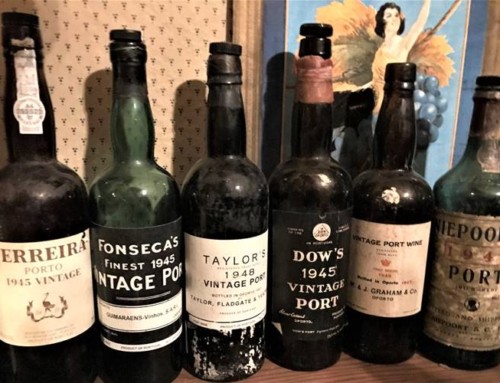
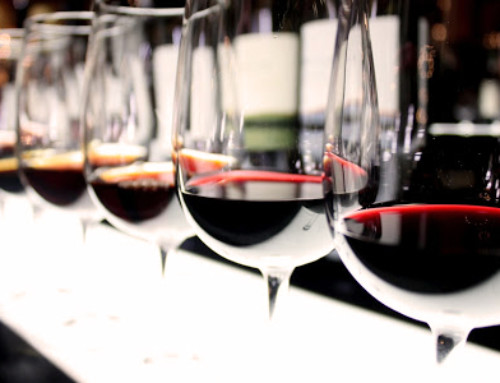
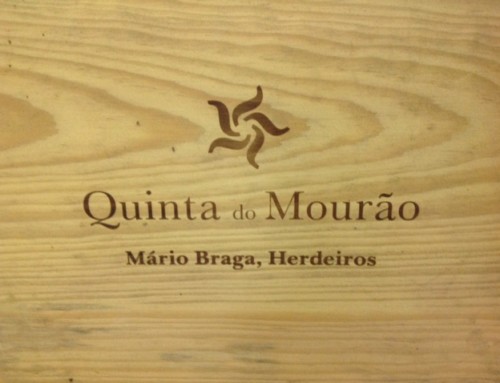

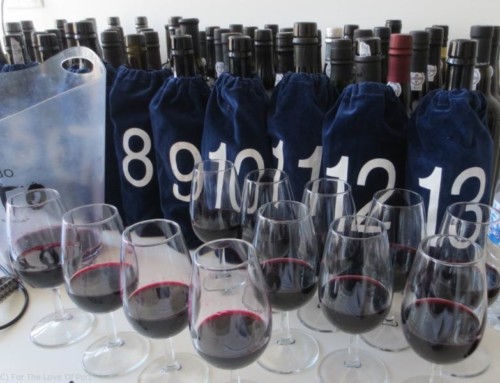
Leave A Comment
You must be logged in to post a comment.